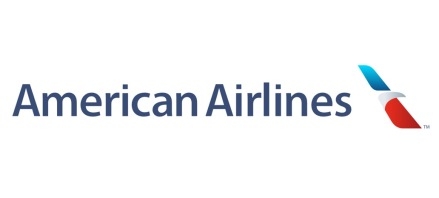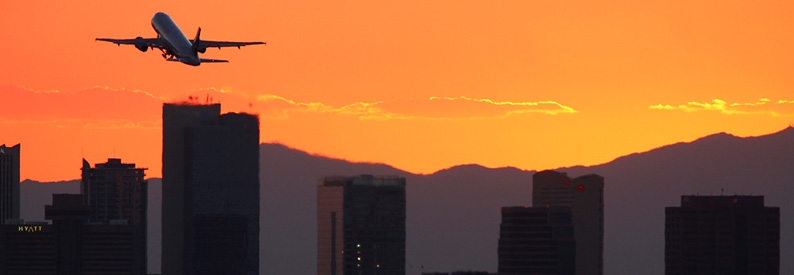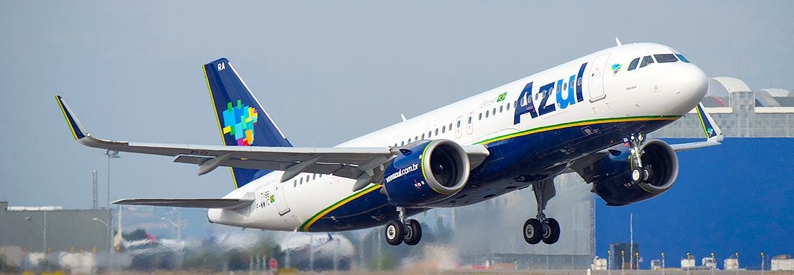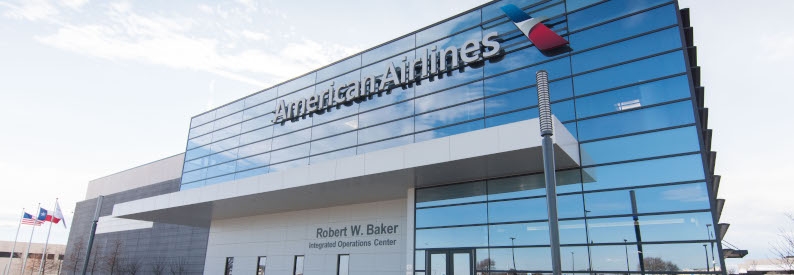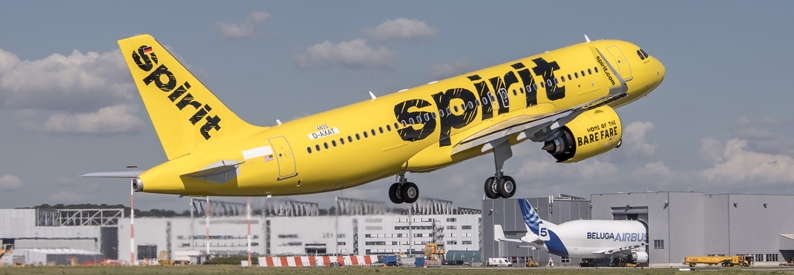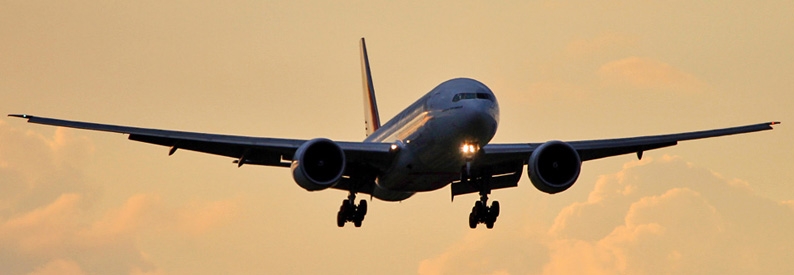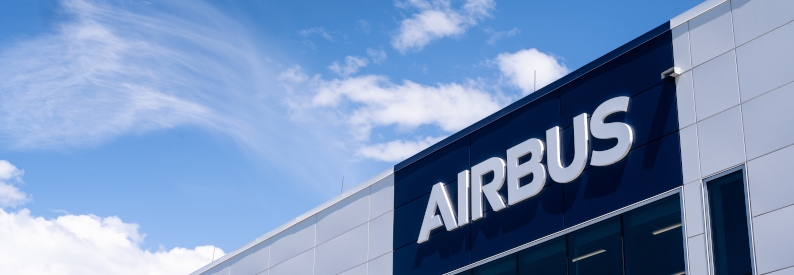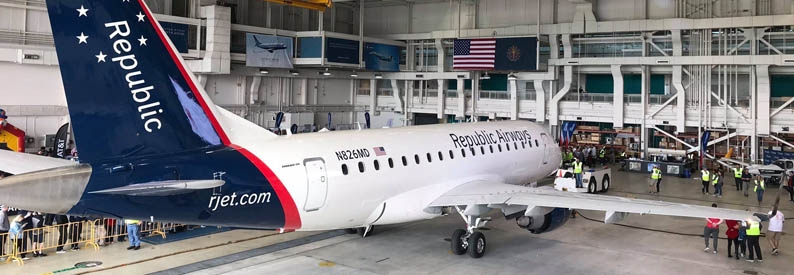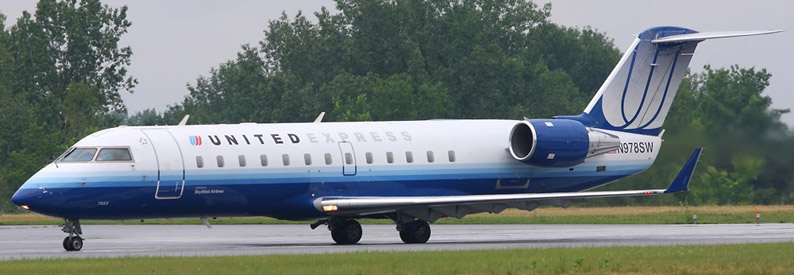The US Federal Aviation Administration (FAA) has released a list of 50 airports around which telecom operators AT&T and Verizon have agreed to defer the roll out of 5G broadband technology by six months so as to avoid disruption to aviation.
The airports were selected based on several criteria, including the proximity of 5G antennae, traffic, and the likelihood of low-visibility conditions. US airlines warned earlier that 5G transmissions would interfere with radio altimeters, thus obstructing precision approaches necessary during inclement weather. The industry estimated the cost of disruption at USD2 billion per year, including USD1.6 billion to passenger airlines and USD400 million to cargo carriers.
The list of airports where buffer zones with delayed 5G deployment will be established comprises the following facilities:
- Austin-Bergstrom International
- Bedford, MA
- Seattle Boeing Field
- Birmingham, AL
- Nashville International
- Burbank
- Akron Regional
- Charlotte International
- Dallas Love Field
- Dallas/Fort Worth
- Detroit Metropolitan
- Houston Ellington
- New York Newark
- Fresno Yosemite
- Fort Lauderdale International
- Flint
- Houston Hobby
- New Haven
- Houston Intercontinental
- Indianapolis International
- Islip
- New York JFK
- Las Vegas Harry Reid
- Los Angeles International
- New York La Guardia
- Long Beach
- Kansas City International
- Orlando International
- Harrisburg International
- Chicago Midway
- McAllen
- Miami International
- Minneapolis St. Paul International
- Ontario International
- Chicago O'Hare
- Everett
- West Palm Beach International
- Philadelphia International
- Phoenix Sky Harbor
- St. Petersburg/Clearwater
- Pittsburgh International
- Raleigh/Durham
- Rochester, NY
- Seattle Tacoma International
- San Francisco
- San José, US
- Santa Ana, CA
- St. Louis Lambert International
- Syracuse Hancock International
- Teterboro
The FAA underlined that other airports in the country are not located in a market where 5G is scheduled to be deployed or have no low-visibility landing procedures.
Following two delays and a heated debate with airlines, AT&T and Verizon are now planning to deploy their 5G band networks nationwide from January 19, 2022.
The airline industry has previously indicated that potential interference was a US-specific occurrence as the frequencies allocated in the country, as well as the power of the antennae, differed to those in other countries where the broadband technology is already active with no reported interference issues.
- Type
- Base
- Aircraft
- Destinations
- Routes
- Daily Flights
